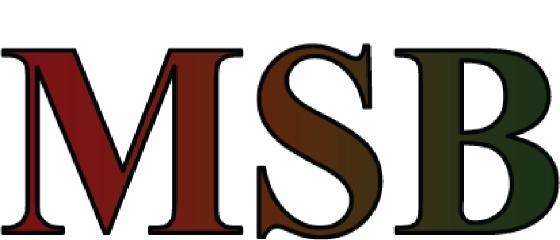Workshop in bioinformatics
Introduction to sequence and structure analysis
University of Tromsø
21-22 June 2011
NorStruct, in collaboration with SYSBIO, BioStruct and the PhD school in Molecular and Structural Biology, will arrange “Workshop in bioinformatics. Introduction to sequence and structure analysis” at The University of Tromsø, 21-22 June, 2011.
The workshop is aimed students and researchers with basic background in bioinformatics. The workshop will consist of lectures which will be open to all, and a practical session for a limited number of people. Topics will include sequence alignments, pattern search, protein structure and folding, structure prediction, disorder prediction and homology modelling.
Lectures will be held by Associate Professor Uwe H. Sauer, Computational Life Science Cluster, CLiC, Umeå Centre for Molecular Research, Department of Chemistry, Umeå University.
There is no participation fee for the workshop, but registration for participation is required, both for the open and practical sessions. Participants to the practical part of the workshop will be selected based on their background and need for the hands-on experience. Applications should be sent before June 10, and should include a brief outline about your background and why you want to participate. Other participants can register until June 16.
Questions, applications and registration can be sent to Ronny Helland (ronny.helland@uit.no).
Where and when
The lectures will be held at Auditorium 3 at the MH building and the practical sessions will be held at Mediateket (F4.224) in the Farmasi building. The schedule is:
| Tuesday June 21 | |
| 08:30 – 09:15 | Lecture 1: Pair-wise sequence alignment. I: Simple alignments using "Dot plots". |
| 09:25 – 10:10 | Lecture 2: Pair-wise sequence alignment. II: Substitution matrices |
| 10:10 – 10:30 | Coffee Break |
| 10:30 – 11:15 | Lecture 3: Pair-wise sequence aliignment III: Dynamic programming |
| 11:25 – 12:10 | Lecture 4: Multiple sequence alignments, MSA, visualizing alignments. Structure superimposition based sequence alignments. |
| 12:00 – 13:30 | Lunch |
| 13:30 – 15:00 | PC 1: Dot plot; Pair wise sequence alignments and searches (Blast) |
| 15:30 – 17:00 | PC 2: Multiple sequence alignments, MSA. How to find protein domains |
| Wednesday June 22 | |
| 08:30 – 09:15 | Lecture 5: How to identify domains in proteins. Hidden Markov Models |
| 09:25 – 10:10 | Lecture 6: Domain phasing for construct design. |
| 10:10 – 10:30 | Coffee Break |
| 10:30 – 11:15 | Lecture 7: Secondary structure prediction. Disorder prediction. |
| 11:25 – 12:10 | Lecture 8: Brief introduction to comparative modelling ((homology modelling). |
| 12:00 – 13:30 | Lunch |
| 13:30 – 15:00 | PC 3: Simple homology modelling with SwissModel |
| 15:30 – 17:00 | PC 4: Analysing 3D models |
Lectures Day 1
- Introduction to pair-wise sequence alignments, dot-plots, substitution matrices and dynamic programming
- Introduction to multiple sequence alignments
- What are sequence patterns and profiles
- Domain identification
PC-lab excercises Day 1:
- Using appropriate sequence databases,
- Practical sequence searches blastn, blastx, tblastx, blastp
- Peptide sequence analysis in order to find domains, signal sequences, trans-membrane regions, and interaction sites
Lectures Day 2
- Hidden Markov models
- Secondary structure prediction
- Disorder in proteins and how to find it
- Structure superimpositions, structure-based sequence alignment
- Domain-phasing for construct design
- Brief introduction to homology modeling
PC-lab excercises Day 2:
- SwissPDB Viewer
- Using the appropriate servers for secondary and tertiary structure prediction
- Finding ordered and disordered intervals in your amino acid sequence
- How to make an homology model and how to judge its quality.
Course literature/recommended reading:
- Trends guide to bioinformatics, Steve Brenner and Fran Lewitter, Trends Supplement 1998, Elsevier Trends Journals.
- Introduction to Bioinformatics 3rd ed., Arthur M. Lesk. Oxford University Press 2008, ISBN: 978-0-19-920804-3. (pp 474).


